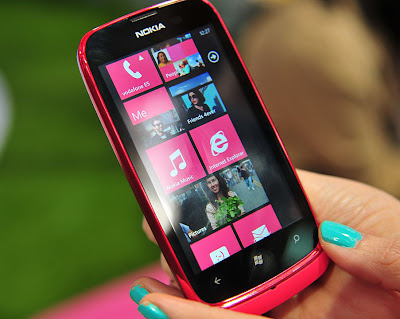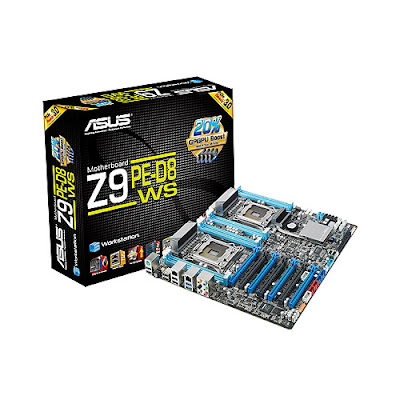Rumors on the long-awaited Android 4.0 Ice Cream Sandwich update for Samsung Galaxy S II have come and gone, but the Korean handset maker did not confirm any release dates.
It was originally believed that Samsung will deploy an Ice Cream Sandwich update for the Galaxy Note on March 1, followed by an update for the Galaxy S II within the next few days.
It appears that the information wasn't that accurate, as Galaxy Note is still stuck on Android 2.3 Gingerbread. However, Samsung Galaxy S II has just been confirmed for an ICS update on March 10.
According to Samsung Philippines, Ice Cream Sandwich 4.0 upgrade for Galaxy S II will be available on March 10.
The update can be downloaded via Kies 2.0, but users are recommended to download and install the latest version of Samsung's desktop sync software.
Keep in mind that Samsung Kies 1.5 does not supports upgrading to Ice Cream Sandwich. There's a chance that the update will be delivered FOTA in some regions, but that will require users to connect to a high-speed, reliable Wi-Fi network.
Although the information comes through official channels, it's unusual that the announcement was published solely by Samsung Philippines.
In fact, they already pulled it from their site, but the folks over at Engadget managed to get a screenshot which confirms the intel.
Android 4.0 Ice Cream Sandwich will bring Samsung Galaxy S II several new features, including Face Unlock and Android Beam. In addition, the Mobile Network Data usage function has been added as well.
Curiously, the update's changelog states that “because of ICS OS feature, Adobe flash and Bluetooth 3.0 HS” will not be supported (Bluetooth 3.0 will work).
The update requires at least 60MB through Kies, and 250MB if the update is made FOTA. This Ice Cream Sandwich update will only be available for Samsung GT-I9100, which means that carrier-bounded models will receive the update in the following weeks.
UPDATE: It appears that Samsung has come forward with an official statement, which denies the above info. The company says that Samsung Philippines made a mistake by posting the March 10 release date for Android 4.0 ICS for Galaxy S II.
Moreover, Samsung confirmed that more details on the upcoming ICS update will be available through its Twitter account. Stay tuned for more updates on the matter.



 3/08/2012 09:52:00 PM
3/08/2012 09:52:00 PM
 dannzfay
dannzfay



































